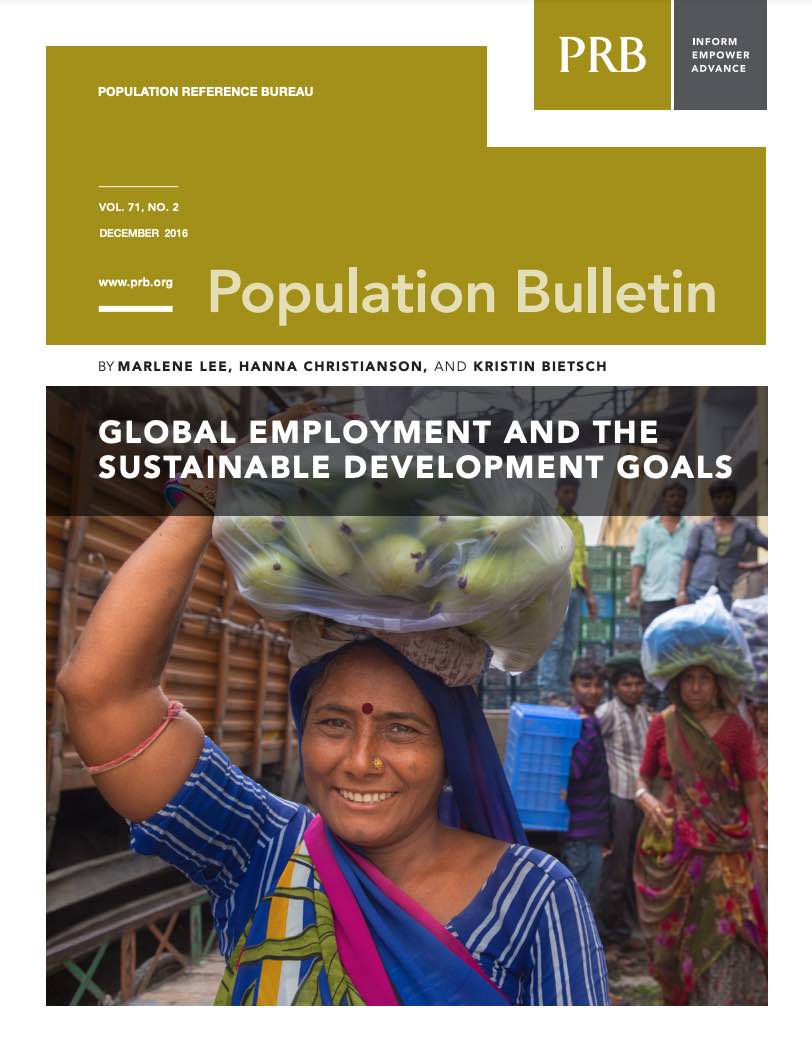Shifts, Flips, and Blips: Reflecting on 25 Years of U.S. Population Change
Mark Mather from our U.S. Programs team looks back at key population trends since he joined PRB in 1998.

Mark Mather from our U.S. Programs team looks back at key population trends since he joined PRB in 1998.
(2000) Senegal's AIDS community turns out in force when the local women's association, called AWA, holds its board meetings. UN advisors, medical personnel, representatives from nongovernmental organizations, and the National AIDS Program come to honor the women for their frontline position in the fight against AIDS.

The United Nations Sustainable Development Goal 8 calls for full and productive employment and decent work for all. In our latest Population Bulletin, we explain how demographic trends will have a bearing on whether and how rapidly this and other SDG goals are achieved.
(2006) With a population growth rate of nearly 1 percent a year, the United States is the fastest growing developed country in the world. While many European countries are facing population decline, the U.S. population is growing as fast as or faster than many developing countries. And the total population of the United States (currently at 296 million) is expected to reach 300 million some time this summer—and about 450 million by the year 2050.
(2008) Chronic malnutrition has been a persistent problem for young children in sub-Saharan Africa. A high percentage of these children fail to reach the normal international standard height for their age; that is, they are "stunted."

(2011) Together, China and India account for 37 percent of the world’s population. Both countries have conducted censuses over the past year, and when they report their census results, figures such as the widely accepted world population total are at risk of changing.
(2015) Women’s participation in government gives them a direct say in the policies, laws, and regulations that affect their lives. Canada, for the first time in its history, has achieved gender parity in the federal cabinet: Newly elected Prime Minister Justin Trudeau divided the cabinet posts evenly between men and women—15 each—and made news headlines. When asked to explain his decision, Trudeau told reporters: “Because it’s 2015.”1
Yemi Omoshola, a woman from Lagos State, in southwestern Nigeria, needed blood desperately. Her doctor's attempts to induce delivery of her overdue baby had caused excessive bleeding. Unfortunately, the hospital had no blood bank. While her husband searched for blood, Mrs. Omoshola lost consciousness and died.

On this World Population Day, we’re examining the state of the care economy in the United States—and looking abroad for ways to strengthen it.